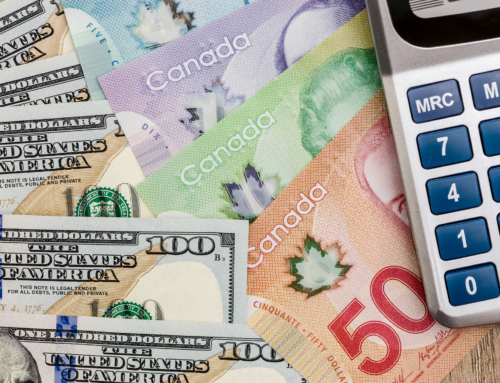
![]()
Under the Foreign Investment in Real Property Tax Act (“FIRPTA”), a person or entity purchasing a U.S. real property interest from a foreign person is required to withhold ten percent (10%) of the amount realized upon sale (gross sale price) from a foreign owner such as a Canadian. I.R.C. § 1445 What that means, in effect, is that the Seller has to remit ten percent (10%) to the IRS.
This withholding ensures that any capital gain tax that may be owed by Seller is paid to the Internal Revenue Service (“IRS”). For additional information about Canadians selling U.S. property, please see David Altro’s March 10, 2010 Blog, What Happens When a Canadian Sells U.S. Property? There are numerous aspects and exceptions to the withholding requirement which will not be discussed in this short blog. Instead, let’s focus on how to figure out the Seller’s tax basis and taxable gain upon sale.
In terms of capital improvements that will bump up your basis, here is what the IRS may be looking for…
Many home improvements are capital improvements and are tax deductible if the home improvements add value to your home, prolong its useful life for more than one (1) year, adapt it to new uses, increase its functionality or restore damaged property. Keep in mind that these improvements must increase the value of the home.
On the other hand, home repairs (that keep the property in good condition) are NOT home improvements according to the IRS. For example, repainting the walls, patching the roof, installing wallpaper, replacing carpet, sealing the links, and repairing the windows are home repairs and considered maintenance. These would not count in the analysis for bumping up your basis.
For a home, placing a fence, adding a room, installing a driveway, implementing a swimming pool, installing a new roof, setting a new built-in heating systems are capital improvements. The IRS considers additions such as adding a bedroom, bathroom, deck, garage, porch or patio as capital improvements to the existing property. Insulating your attic, walls and floors, including pipe and duct work are also considered capital improvements as well as adding new plumbing, a septic system, water heater or installing a new soft water system, filtration system. You can also count adding a central humidifier, furnace or central air conditioning.
Interior improvements that count as capital improvements include adding built-in appliances and wall-to-wall carpeting, modernizing your kitchen or installing new floors. Make sure to count any improvements you make to your lawn and grounds, such as paving your driveway, erecting a fence, walkway, putting in a retaining wall, sprinkler system or swimming pool. Don’t forget about miscellaneous things such as installing a satellite system, central vacuum, storm windows/doors, a new roof, security system or wiring system.
Bottom line: Save your invoices and receipts for a future sale of your property. Keep proof of the home’s purchase price and purchase expenses, receipts for all improvements or any worksheets you used to figure the adjusted basis of the home you sold (or are selling), the gain or loss on the sale, the exclusion and the taxable gain.
Be sure to take advantage of the capital improvements you made to increase your basis under FIRPTA!






